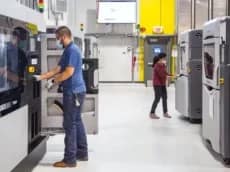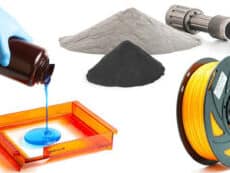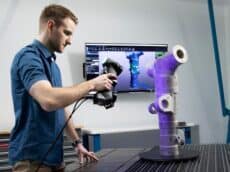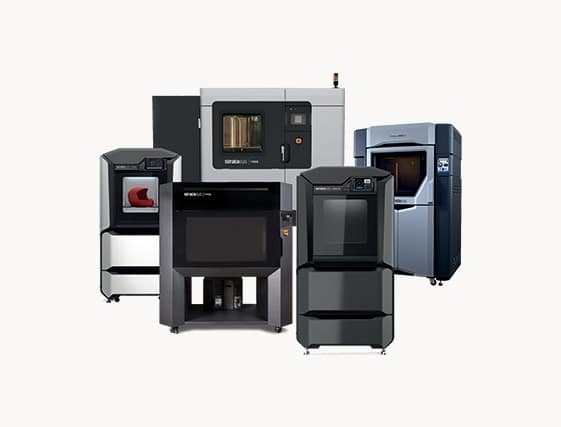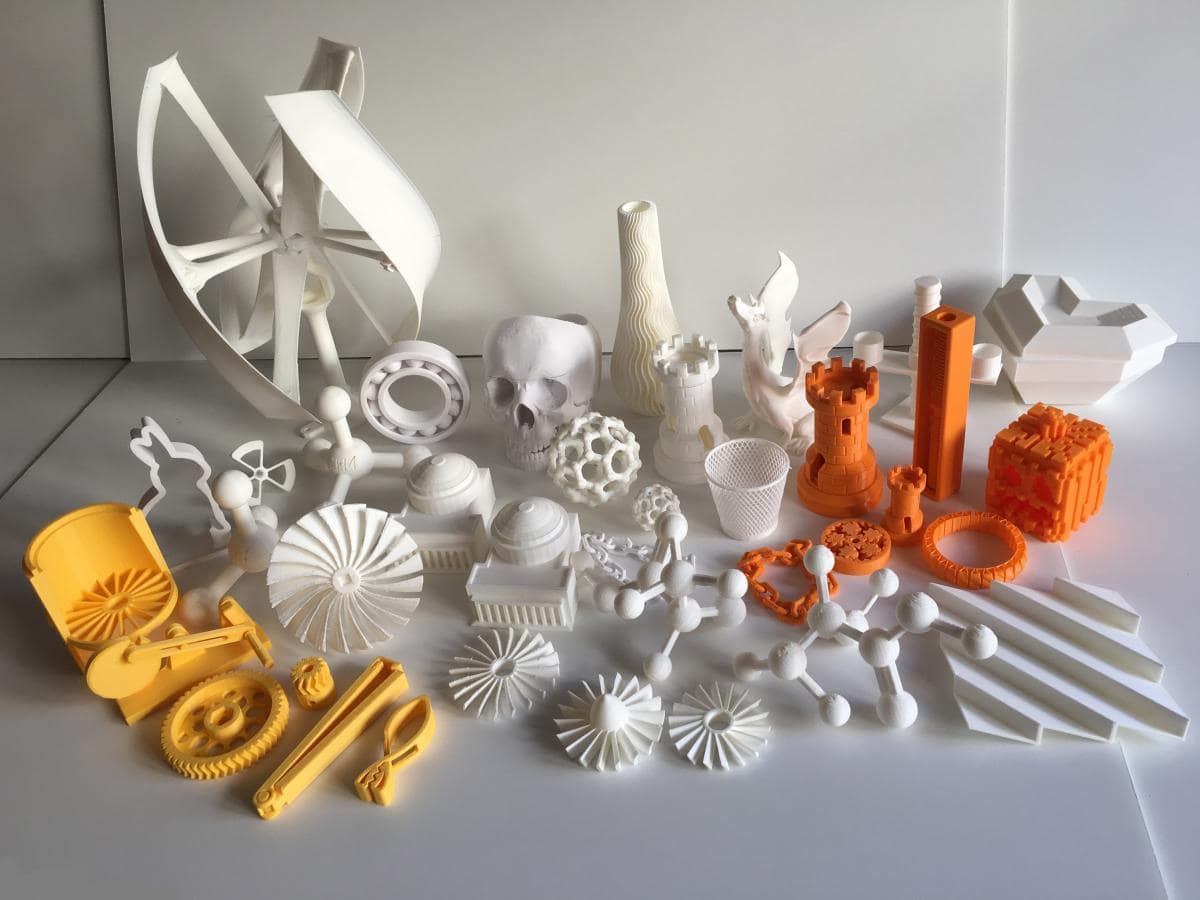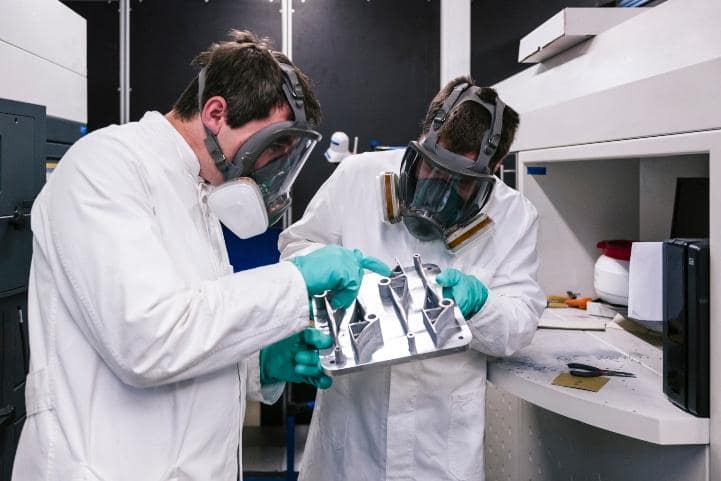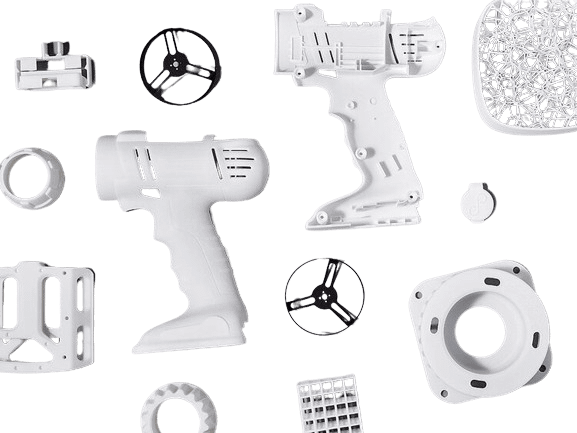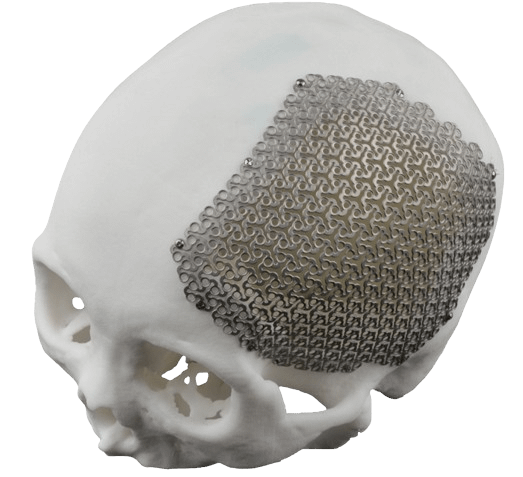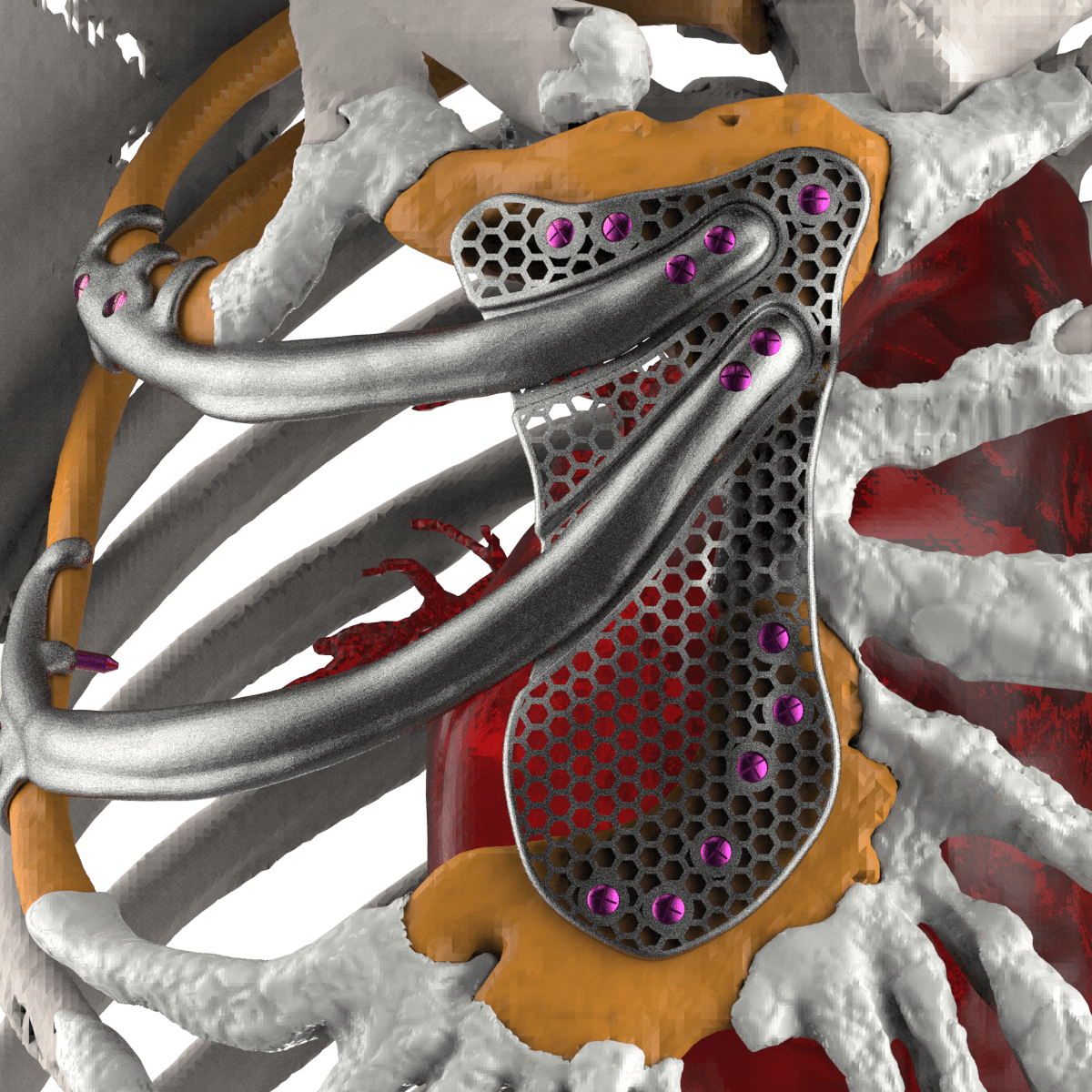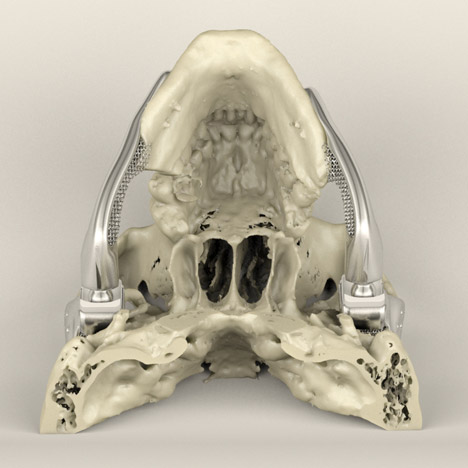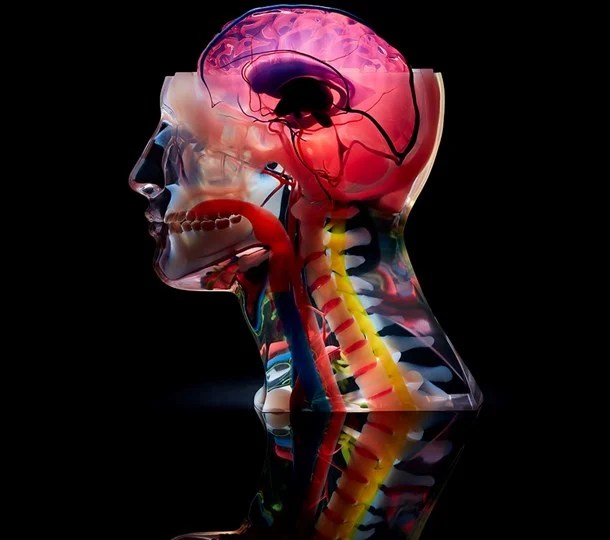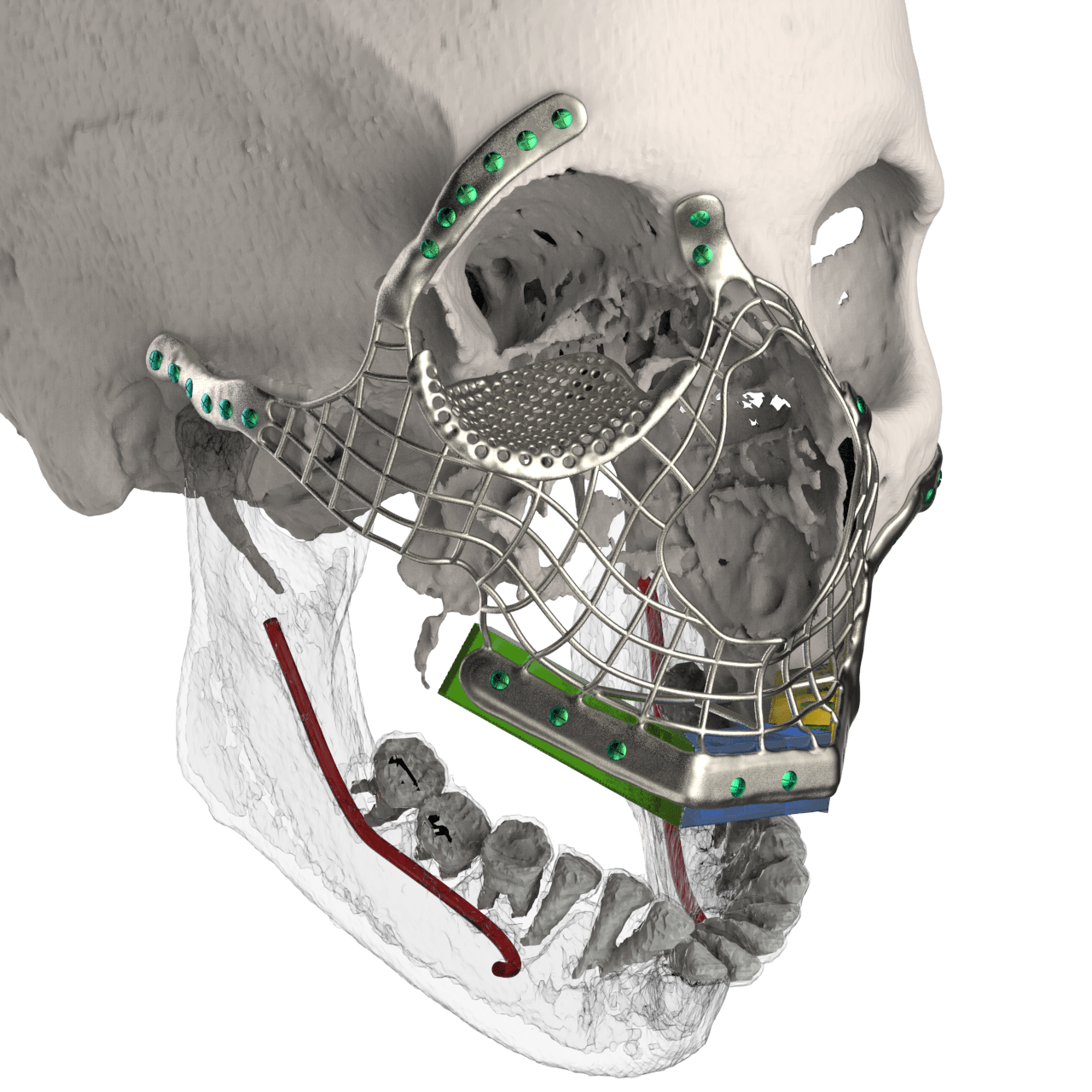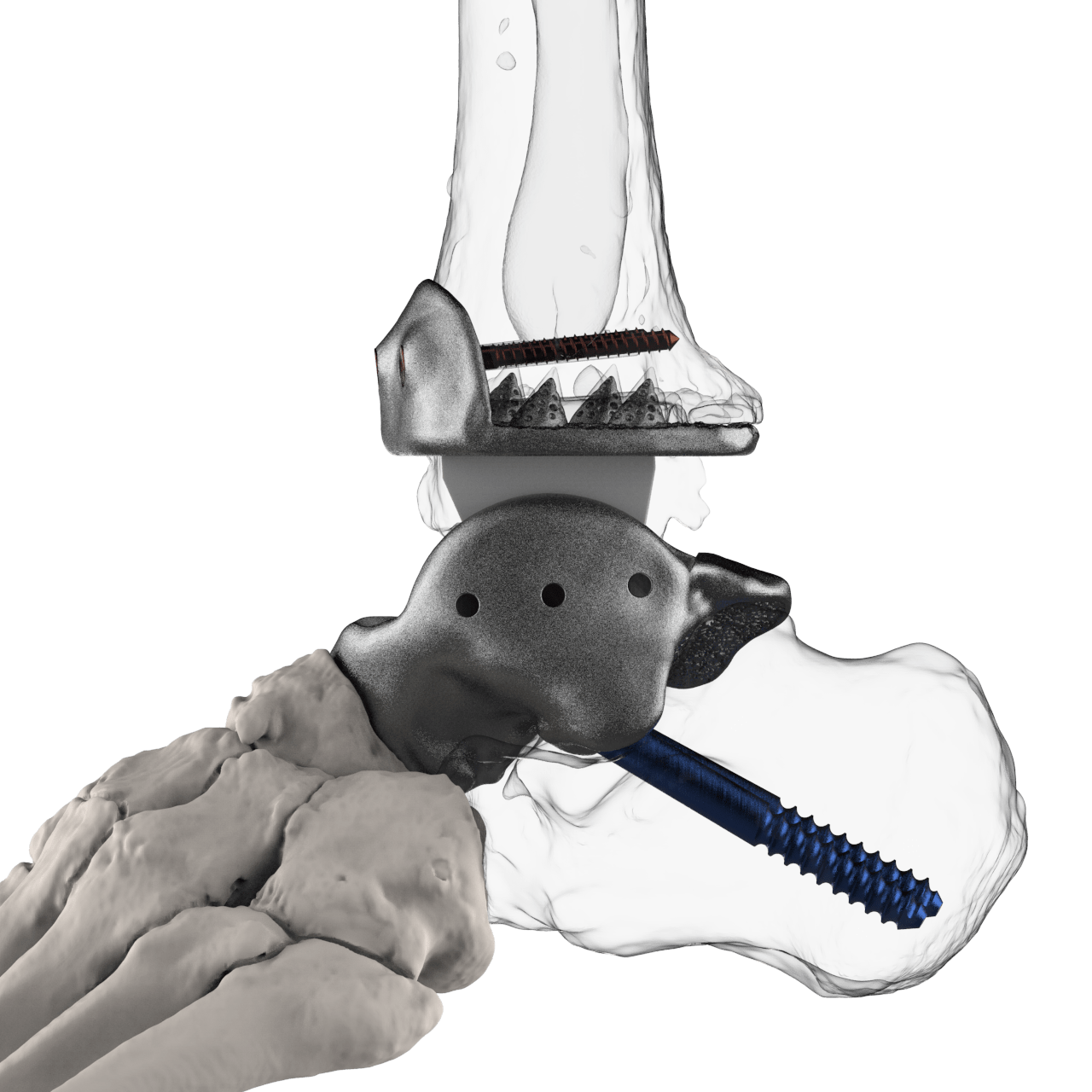Biomedical and Surgical
3D printing applications in the medical sector
The extreme customization of medical devices makes prosthetics expensive and time-consuming for production. This increases the value of having the right fit to produce a reliable and supportive prosthesis for the user, as the devices and their applications are subject to heavy use.
For these and other purposes, prosthetic 3D printing is revolutionizing the market.
The prosthesis fitting process typically consists of several castings and follow-up appointments to fine-tune the fit. For patients, this is also more than an inconvenience: having a cast is painful. Many appointments can be invasive for patients who may be vulnerable to their illness. In addition, all the time that is wasted on fitting and refitting is time that is spent without a proper prosthesis.
With 3D printing, patients don’t even have to wait for a physical cast to be made. Instead, technicians can use a 3D printer to easily create a realistic 3D model of the patient’s residual limb.
This 3D scan serves as the basis for an accurate and cost-effective 3D printed grip, which usually only requires a proper examination.
3D printed sockets are a convenient and cost-effective way to provide a better fit for prosthesis..

Patient-specific equipment and systems
Patient-specific equipment (such as hearing aids) and implants (such as artificial limbs, cranial plates, and even heart valves) are increasingly turning to 3D printing for rapid modification and accelerated development.
Traditionally, heart valves and hearing aids required a full week of extensive modifications done by hand by professional staff. Before 3D printing technologies, the development of hearing aids required nine steps, from casting to fitting. Today, hearing aids can be scanned and 3D printed in just one day.
There are design advantages too: 3D printed silicone heart valves have the perfect match that rigid, commonly designed heart valves simply can’t. For implants such as titanium artificial joints or cranial plates, the services of 3D printing companies can produce intricate and porous surfaces that make patients’ bodies less likely to resist implants.

Medical Equipment Development
The study, production and certification of medical devices require a lot of time and resources. The high price of medical devices is not primarily attributed to production prices, but to the development of excessively expensive products.
Because 3D printing services provide various biocompatible components, they allow medical equipment manufacturers to produce and validate usable prototypes in a fraction of the time. This contributes to new revisions, safer products, and less expensive treatments.
Additive manufacturing is a major player in product development due to its quick turnaround, ease of modification, and low cost for extremely small quantities of parts, which can save companies hundreds of thousands of dollars and months of product development time. Given the rigorous and lengthy approval process required for medical equipment, this saving of time and money is very important.

Customized Surgical Instruments
Precision and quality are everything in the operating room. The particular complexity of each operation cannot be underestimated: the anatomy of each patient is different from that of each surgeon’s hands. When thorough control is required, why should surgeons limit themselves to one-size-fits-all surgical instruments?
The 3D printing service offers a cost-effective and timely option for developing customized surgical instruments based on the needs of each surgeon and each operation. These instruments are made of sterilizable and biocompatible plastics and metals. Therefore, the tools can be disposable or reusable.
And because these tools can be produced quickly, hospitals don’t need to have a large backlog of tools and order supplies if needed.
Surgical instruments tailored to the size and shape of each surgeon’s hands, as well as additional customization for each application, can significantly increase accuracy and productivity. In addition, detailed surgical guides for each patient can improve accuracy while reducing time in the operating room by minimizing the need to consult diagrams and wizards.

Custom anatomical models
High-quality anatomical models are expensive and offer a finite set of options for the best. The templates are routinely used by students and professionals for education, training, surgical planning, and visual aids for patients.
With affordable 3D printing services, medical professionals and educators can create customized anatomical models at a low cost for various purposes. For example, surgeons can perform complex procedures using patient-specific models that accurately simulate the situations they may face during surgery.


